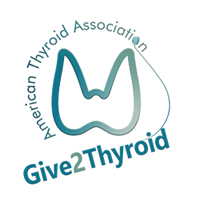Of the 1363 benign nodules and 126 cancerous nodules included in the study, the average follow-up between ultrasound examinations was 21.8 months for benign nodules and 20.9 months for cancerous nodules. Patients with benign nodules, as compared with cancerous nodules, were older (52 vs. 49 years) and more likely to be female (90% vs. 84%), but there was no difference in average nodule size (1.7 cm).
Growth of >2 mm/year was observed in 12% of benign nodules and 26% of cancerous nodules. When applying the ATA criteria for significant nodule growth, a >20% increase in at least two dimensions was observed in 14% of benign nodules and 25% of cancerous nodules. Nodule growth >2 mm/year was found to be an independent risk factor for cancer. Importantly, 88% of benign nodules and 74% of cancerous nodules either grew <2 mm/year or did not grow at all.
WHAT ARE THE IMPLICATIONS OF THIS STUDY?
This study shows that cancerous nodules are ~2-fold more likely to grow 2 or more mm/year than benign nodules. It is reasonable to continue with this growth criteria to identify whether a nodule with a prior benign biopsy would be biopsied a 2nd time. More importantly, most nodules, whether they are benign or cancerous, either are stable or grown <2 mm/year. This is helpful in the long term management of thyroid nodules.
— Alan. P. Farwell, MD, FACE




